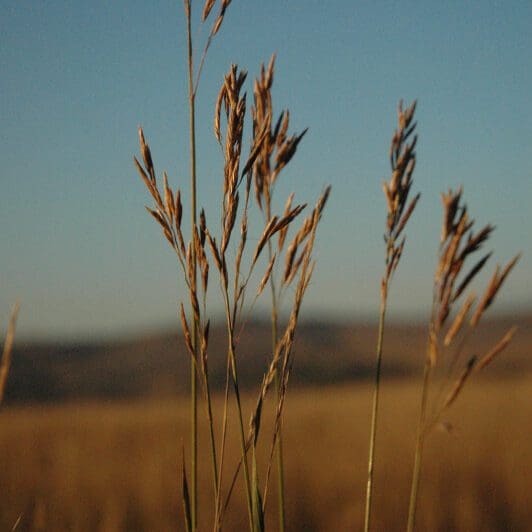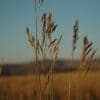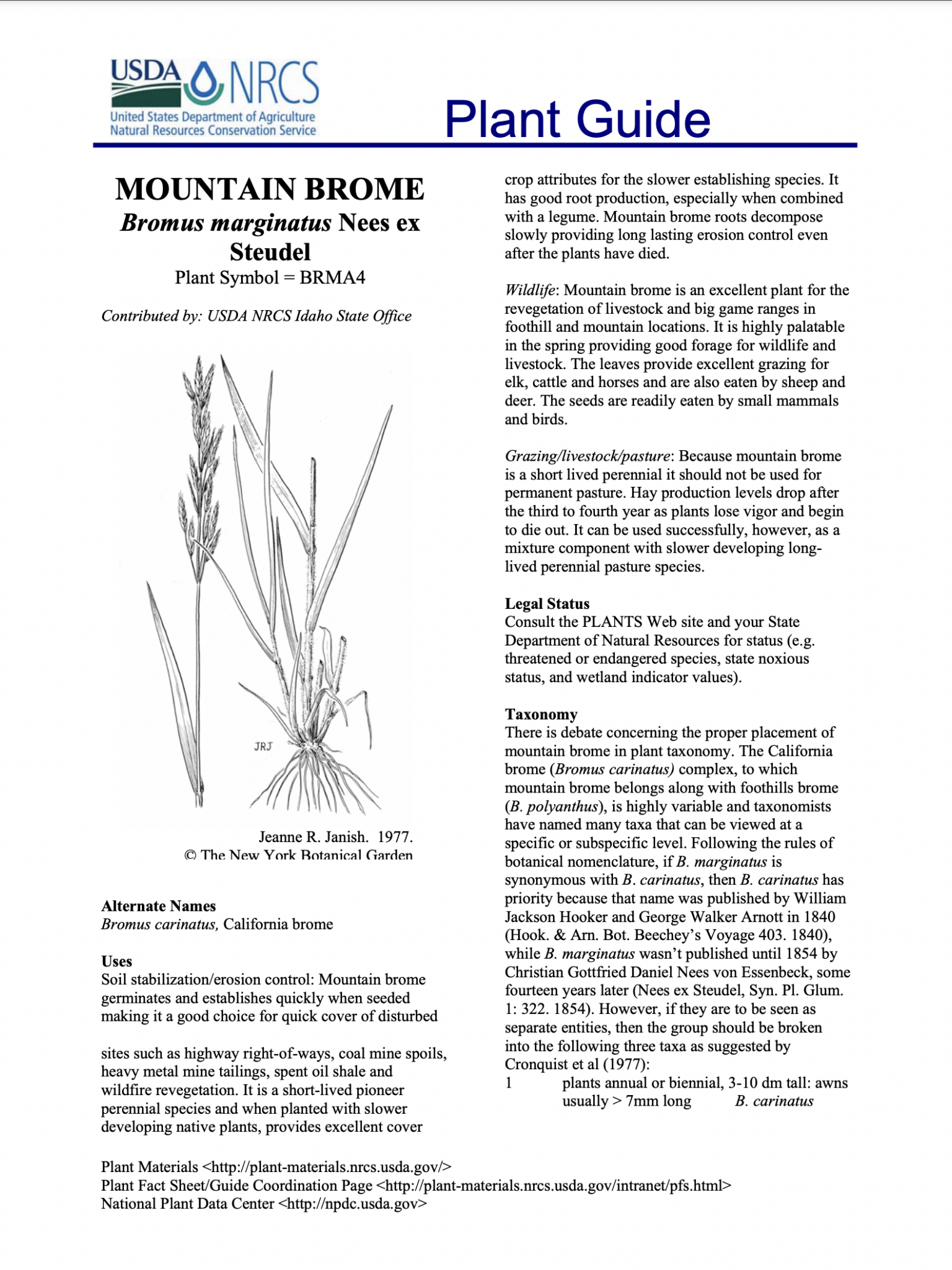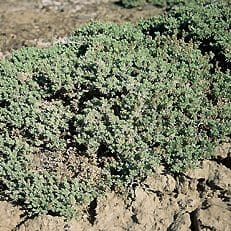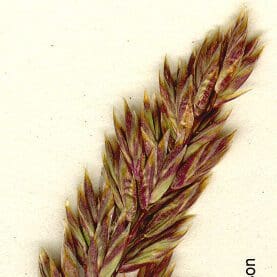Mountain Brome
- Scientific name: Bromus marginatus
- Short-lived pioneer perennial species.
- Germinates and establishes quickly.
- Used for erosion control, pasture, fire rehabilitation sites, etc.
- Does well when planted with slower developing native plants.
- It has good root production, especially when combined with a legume.
Mountain Brome (Bromus marginatus)
Mountain Brome (Bromus marginatus) is a short-lived high elevation grass. Used for erosion control, pasture, fire rehabilitation sites. It is a medium to tall short-lived plant. This cool-season vigorous bunchgrass does best on moderately deep, fertile, moist, medium to fine texture soils. It will survive in less optimum conditions. This species of brome has fair salt tolerance, good winter-hardiness and is shade-tolerant. This grass is good for range, pasture and wildlife habitat because it is a good abundant, palatable, forage producer. Must be used where good moisture is adequate.
This species if excellent for mid to high elevation erosion control. It germinates and establishes quickly when seeded making it a good choice for quick cover of disturbed sites such as highway right-of-ways, coal mine spoils, heavy metal mine tailings, spent oil shale and wildfire revegetation. Because it is a short-lived pioneer perennial species it does well when planted with slower developing native plants. Mountain Brome provides excellent cover crop attributes for the slower establishing species. It has good root production, especially when combined with a legume. Mountain brome roots decompose slowly providing long lasting erosion control even after the plants have died.
Mountain brome is an excellent plant for the revegetation of livestock and big game ranges in foothill and mountain locations. It is highly palatable in the spring providing good forage for wildlife and livestock. The leaves provide excellent grazing for elk, cattle and horses and are also eaten by sheep and deer. The seeds are readily eaten by small mammals and birds.
Mountain brome is comparatively short lived and other species are better for permanent pasture. Hay production levels drop after the third to fourth year as plants lose vigor and begin to die out.
***click on the “Quick Plant Facts” tab above for more information.
Mountain Brome NRCS Plant Guide and Fact Sheet
Mountain Brome NRCS Plant Guide and Fact Sheet
PDF version of NRCS Plant Guide & Fact Sheet
Prepared By: Derek J. Tilley, USDA NRCS Plant Materials Center Aberdeen, Idaho
Dan Ogle, USDA NRCS Idaho State Office Boise, Idaho
Loren St. John, USDA NRCS Plant Materials Center Aberdeen, Idaho
Larry Holzworth, USDA NRCS Montana State Office Bozeman, Montana
Wayne Crowder, USDA NRCS Plant Materials Center Pullman, Washington
Mark Majerus, USDA NRCS Plant Materials Center Bridger, Montana
Species Coordinator: Mark Stannard, USDA NRCS Plant Materials Center Pullman, Washington
Helpful Links
Additional information about this product can be found on the academic websites linked below.
Synonyms
Many plants have more than one common and scientific name. We've listed a few of them below.
- Mountain Brome
- Bromus carinatus
- Broma
- Garnet
Quick Plant Facts
| Common Name: | Mountain Brome |
|---|---|
| Scientific Name: | |
| Origin: | |
| Lifespan: | |
| Plant Type: | |
| Growth Season: | |
| Available Varieties: | |
| Sun & Shade Tolerance: | Shade tolerant, Low Sun |
| Seed Count | 90,000 seeds/lb. |
| Sowing Rate | 12-19 PLS lbs. per Acre |
| Max Sowing Depth: | |
| Best Sowing Time | Late Spring or Fall |
| Min. Precipitation | 16 Inches Minimum |
| Root Form | Bunchgrass |
| Growth Height: | |
| pH Tolerance: | |
| Hardiness Zones: |
